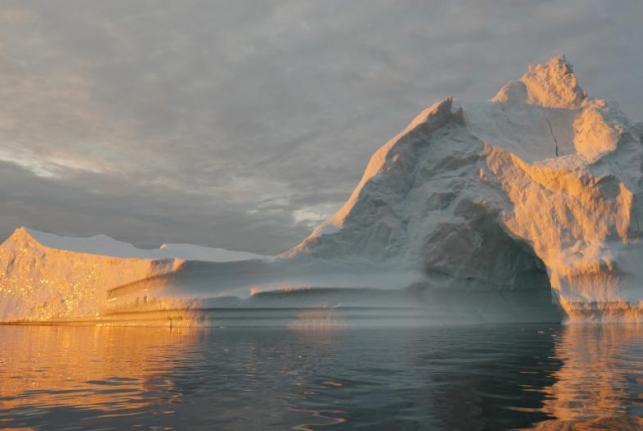-
Tips for becoming a good boxer - November 6, 2020
-
7 expert tips for making your hens night a memorable one - November 6, 2020
-
5 reasons to host your Christmas party on a cruise boat - November 6, 2020
-
What to do when you’re charged with a crime - November 6, 2020
-
Should you get one or multiple dogs? Here’s all you need to know - November 3, 2020
-
A Guide: How to Build Your Very Own Magic Mirror - February 14, 2019
-
Our Top Inspirational Baseball Stars - November 24, 2018
-
Five Tech Tools That Will Help You Turn Your Blog into a Business - November 24, 2018
-
How to Indulge on Vacation without Expanding Your Waist - November 9, 2018
-
5 Strategies for Businesses to Appeal to Today’s Increasingly Mobile-Crazed Customers - November 9, 2018
Sea Levels Are 3 Inches Higher Than They Were in 1992
For example, at the Kennedy Space Center, NASA has been considering moving launch pads farther inland, due to sea levels.
Advertisement
“Given what we know now about how the ocean expands as it warms, and how ice sheets and glaciers are adding more water to the seas, it’s pretty certain we are locked into at least 3 feet of sea level rise, and probably more”, said R. Steven Nerem, a University of Colorado Arctic specialist, during a televised briefing Wednesday.
Coming a month after former NASA chief scientist James Hansen raised a dire warning multi-metre sea level rise could happen this century, a panel of scientists set out the state of knowledge on the subject.
Based on a consensus of worldwide researchers, the IPCC said global sea levels would likely rise from one to three feet by the end of the century.
Sea levels were rising faster than they did 50 years ago and “it’s very likely to get worse”, Nerem said.
The data, however, reveals the height of the sea surface is not rising uniformly everywhere as of now.
Scientists believe ocean currents and natural cycles are temporarily offsetting a rise in sea levels in the Pacific, and the US West Coast could experience a significant rise in sea levels in the next 20 years. “However, there are signs this pattern is changing”.
To determine what’s happening here, a new NASA program called Oceans Melting Greenland – yes, OMG – will be examining the coastal interface between sea and glacier and also mapping the complex topography beneath the ice, which has major implications for how fast it can slide into the seas.
In some ways an even bigger concern is about Antarctica, which is only losing an average of 118 gigatons a year right now, according to NASA – but where there is, overall, a great deal more total ice to lose.
Oceanographer Josh Willis from NASA’s Jet Propulsion Laboratory explains how sea levels have changed over the last two decades.
NASA scientists estimate that, what with climate change and global warming progressing at a fairly rapid pace, children born in this day and age can expect to witness a 1 to 4 feet (0.3 to 1.2 meters) of sea level rise during their lifetime.
But scientists have never seen an ice sheet collapse, so the question of when sea levels will rise drastically is a major mystery.
NASA says they don’t want to scare people, but they do want people to be prepared.
Advertisement
Interestingly the rate at which the ice caps are melting is markedly different from north to south. While the Greenland ice sheet is vanishing in front of our eyes, losing 303 gigatons of ice a decade, the Antarctic ice sheet is losing about a third of that. “There’s always a lot of attention on the changes we see now, but as scientists our priority needs to be on what the changes could be tomorrow”. A new, six-year NASA field campaign took to the waters around Greenland this summer to probe how warming ocean waters are triggering Greenland glacier degradation.




























